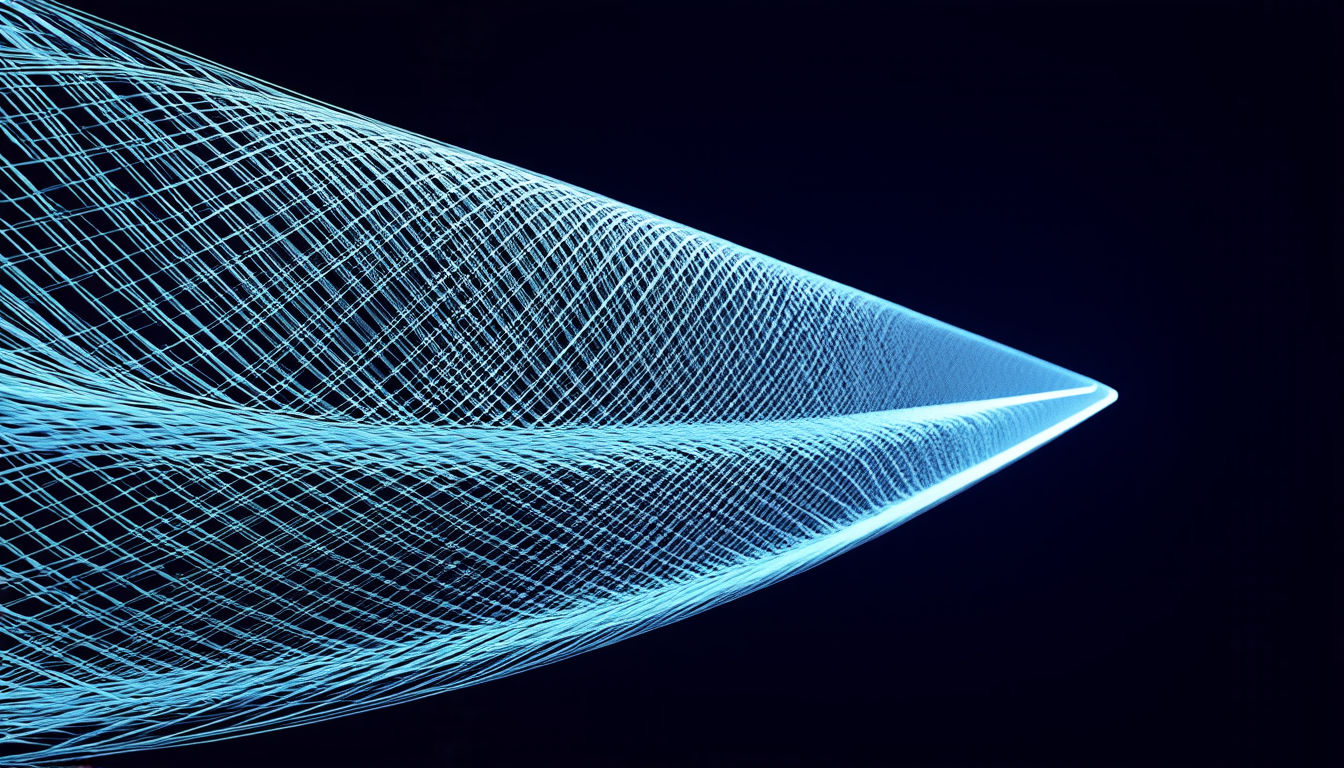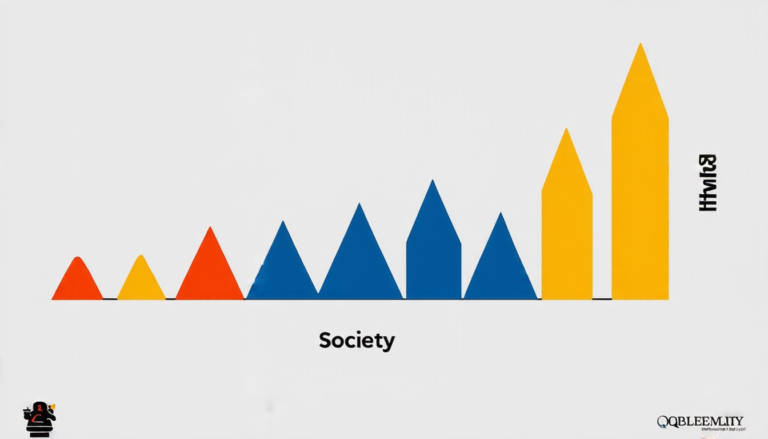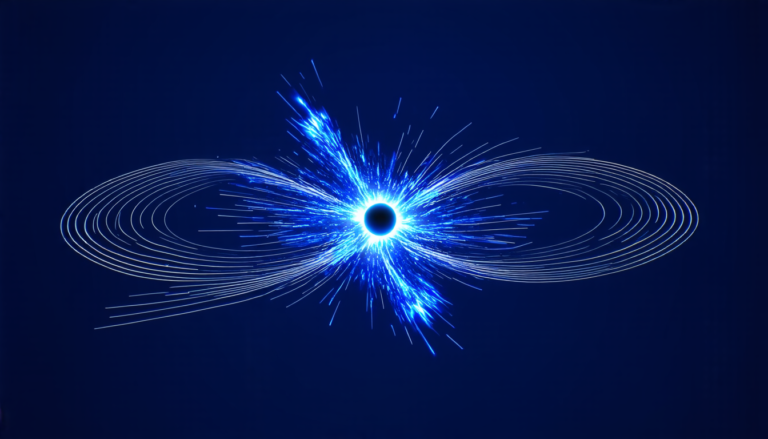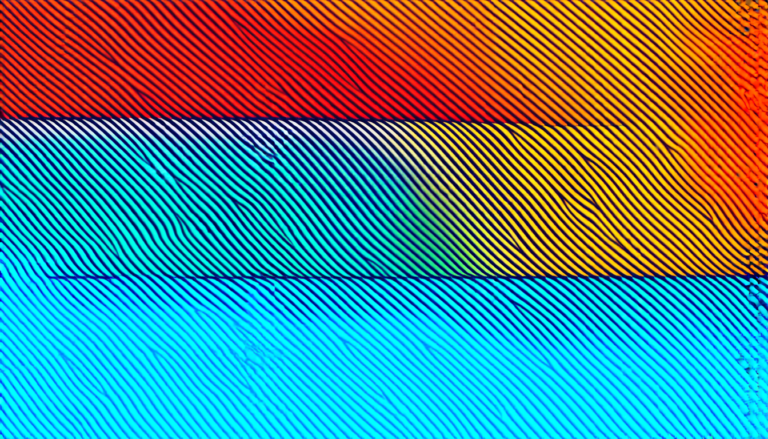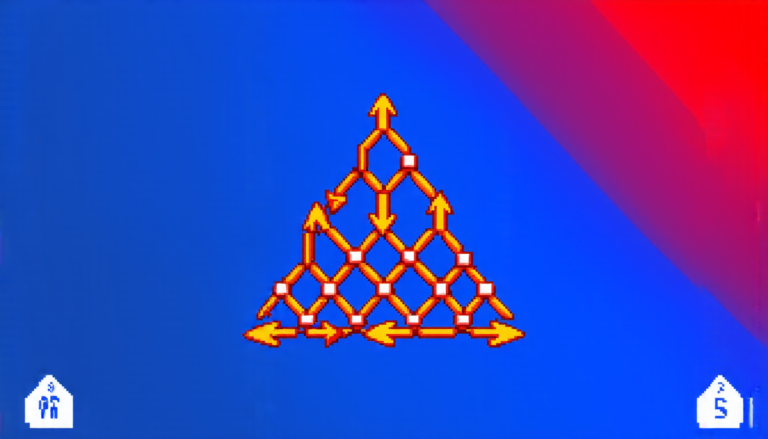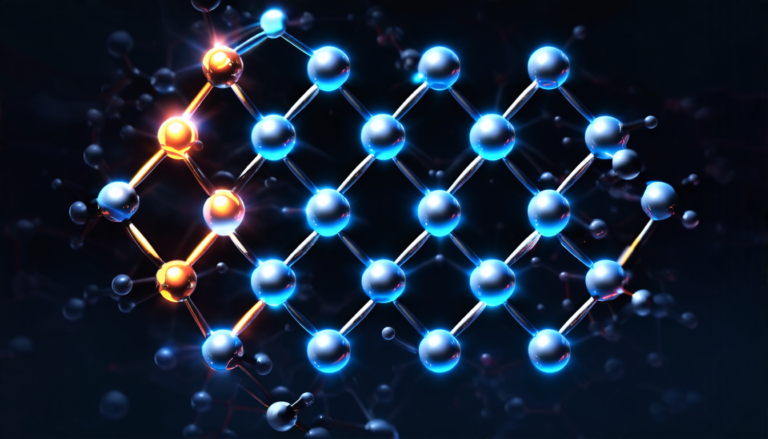Sunday 20 April 2025
Scientists have long been fascinated by the mysterious topological solitons known as hopfions, which are three-dimensional structures that can emerge in certain physical systems. Recently, a team of researchers has made a significant breakthrough in understanding these enigmatic entities, developing a new framework for constructing spatially ordered arrays of hopfions.
Hopfions were first proposed by the physicist Ludwig Faddeev in the 1970s as a way to describe topological solitons that are not point-like, but rather have a definite size and shape. They are characterized by their non-trivial Hopf indices, which determine their topological properties. Since then, hopfions have been studied extensively in various areas of physics, including optics, condensed matter physics, and particle physics.
The new framework developed by the researchers allows for the creation of hopfion crystals with tunable topology and complex structures. By combining rational mapping techniques with helical waves in four-dimensional space, they were able to construct simple cubic, face-centered cubic, and body-centered cubic hopfion crystals, as well as more exotic structures such as torus links and torus knots.
One of the key challenges in studying hopfions is their intricate topological structure. Hopfions are characterized by their non-trivial Hopf indices, which determine their topological properties and make them difficult to visualize and understand. The new framework addresses this challenge by providing a systematic approach for constructing hopfion crystals with specific topological properties.
The researchers’ approach involves using rational maps to create helical waves in four-dimensional space, which are then used to construct the hopfion crystal. This allows them to control the topology of the hopfions and create complex structures with specific properties.
The potential applications of this research are vast and varied. Hopfions have been shown to exhibit unique properties that could be exploited for a range of purposes, from optical communication systems to magnetic devices. By understanding how to construct and manipulate hopfion crystals, scientists may be able to develop new technologies that take advantage of these properties.
In addition to their potential applications, the study of hopfions also provides insight into the fundamental nature of topological solitons. Hopfions are a type of topological defect that can emerge in certain physical systems, and understanding how they form and interact could provide important clues about the behavior of other topological defects.
Cite this article: “Unraveling the Mysteries of Hopfion Crystals: A New Framework for Constructing Topological Solitons”, The Science Archive, 2025.
Topology, Solitons, Hopfions, Physics, Optics, Condensed Matter, Particle Physics, Rational Maps, Helical Waves, Four-Dimensional Space
Reference: Wen-Tao Hou, Zhuoxian Xiang, Yizhou Liu, Jiadong Zang, “Construction of Hopfion Crystals” (2025).

